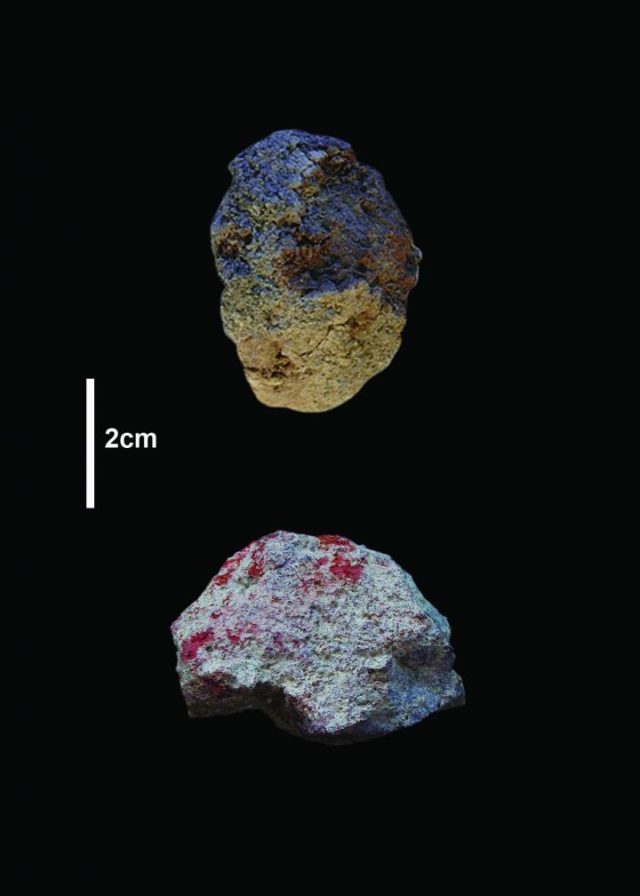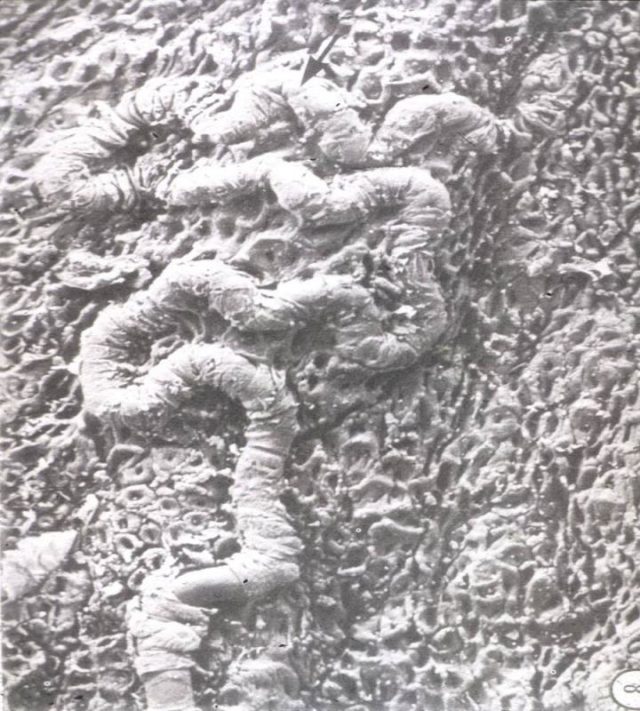Modern humans may have evolved far earlier than thought, new research suggests
Researchers believe dramatic changes to the environment may have influenced human evolution.

Ancient artifacts recently unearthed in Kenya could rewrite what we know about our early ancestors.
New research suggests humans developed trading skills, social behaviours and technological innovation tens of thousands of years earlier than previously thought.
For decades, the consensus was that Homo sapiens evolved around 200,000 years ago in Africa, with modern humans emerging 100,000 years ago and leaving their ancestral continent around 50,000 years ago.
Archaeologists thought the “human revolution” that led to modern behaviours such as symbolism, innovation, art and culture occurred after humans left Africa.
But based on recent findings, an international team of researchers believe early humans in East Africa had already begun trading with distant groups around 320,000 years ago – manufacturing more sophisticated tools and using colour pigments.
Rick Potts, director of the Human Origins Program at Smithsonian’s National Museum of Natural History, said: “We don’t know what the colouring was used on, but colouring is often taken by archeologists as the root of complex symbolic communication.
“Just as colour is used today in clothing or flags to express identity, these pigments may have helped people communicate membership in alliances and maintain ties with distant groups.”
Dr Potts led excavations in southern Kenya at a site known as the Olorgesailie Basin for more than three decades.
Evidence suggests this region was occupied by hominids (ancient relatives of humans) for more than a million years, until things changed around 500,000 years ago.

Over time the landscape, along with plant and animal life, altered in the region. The way of life of the early humans also changed.
New tools appeared at this time – small, sharp blades and points made from a dark volcanic glass known as obsidian – indicating long-distance contacts and trading among the populations.
The team wrote in their study: “This represents a significant revision in African hominin behaviour at or near the time of origin of Homo sapiens.”

“It is a package we didn’t know occurred so early, and right at the root of our species.”
Speaking to Science magazine, he added: “Social networking during a long period of climate variability was a key to success for early Homo sapiens.
“Greater mobility encouraged inventive thinking about how to acquire resources.”
The research is published in the journal Science.





